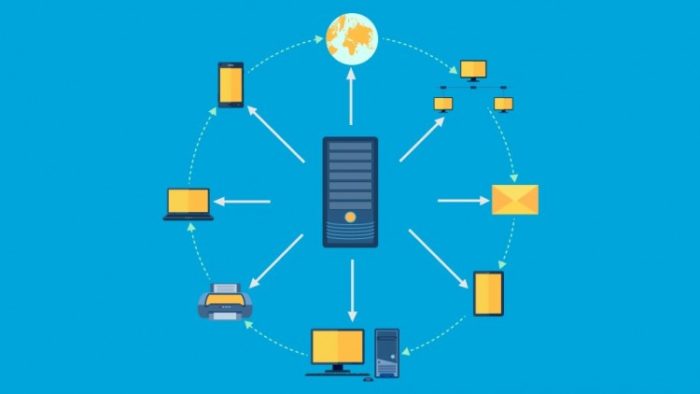The term data warehouse or data warehousing was first coined by Bill Inmon in the year 1990 which was defined as a “warehouse which is subject-oriented, integrated, time variant and non-volatile collection of data in support of management’s decision making process”. When referring to data warehousing as subject oriented, it simply means that the process is giving information about a particular subject rather than the details regarding the on-going operations of the company. Moreover, when data warehousing was referred to as integrated it means that the data or information which are gathered from a number of sources are then all gathered to synthesize a coherent whole.… Read the rest
Data Management Concepts
What is an Enterprise Database?
Data are the raw material from which information is produced. Therefore, it is not surprising that in today’s information-driven environment, data are a valuable asset that requires careful management. To access data’s monetary value, data that stored in company database are data about customers, suppliers, inventory, and operations and so on. Imagine that all the data in the database loss. What will happen if the situation like that happen? Data loss puts any company in a difficult position. The company might be unable to handle daily operation effectively; it might be faced with the loss of customers who require quick and efficient service, and it might lose the opportunity to gain new customers.… Read the rest
Ethical, Security, Legal and Privacy Concerns of Data Mining
Data mining is a powerful new technology with great potential to help companies focus on the most important information in the data they have collected about the behavior of their customers and potential customers. It discovers information within the data that queries and reports can’t effectively reveal.
The amount of raw data stored in corporate databases is exploding. From trillions of point-of-sale transactions and credit card purchases to pixel-by-pixel images of galaxies, databases are now measured in gigabytes and terabytes. Raw data by itself, however, does not provide much information. In today’s fiercely competitive business environment, companies need to rapidly turn these terabytes of raw data into significant insights into their customers and markets to guide their marketing, investment.… Read the rest
Database Security Threats and Countermeasures
Information is very critical asset. Organizations create so much information and they use database systems to handle the information within them to automate various functions. Due to information importance, information protection is a critical component of the database management system. Information security is the goal of a database management system (DBMS), also called database security.
To be able to manage a huge amount of data effectively and fast, a well organized system is needed to build. It will also need to store and retrieve data easily. Generally, a database system is designed to be used by many users simultaneously for the specific collections of data.… Read the rest
Data Warehouse Architecture – Concept and Models
According to William Inmon, data warehouse is a subject-oriented, integrated, time-variant, and non-volatile collection of data in support of the management’s decision-making process. Data warehouse is a database containing data that usually represents the business history of an organization. This historical data is used for analysis that supports business decisions at many levels, from strategic planning to performance evaluation of a discrete organizational unit. It provides an effective integration of operational databases into an environment that enables strategic use of data. These technologies include relational and MDDB management systems, client/server architecture, meta-data modelling and repositories, graphical user interface and much more.… Read the rest
Text Mining Concept in Data Mining
Data mining is the process of extracting patterns from data. Data mining is becoming an increasingly important tool to transform the data into information. It is commonly used in a wide range of profiling practices, such as marketing, surveillance, fraud detection and scientific discovery. Data mining can be applied on a variety of data types. Data types include structured data (relational), multimedia data, free text, and hypertext.
Nowadays, text is the most common and convenient way for information exchange. This due to the fact that much of the world’s data is contained in text documents (newspaper articles, emails, literature, web pages, etc.).… Read the rest

